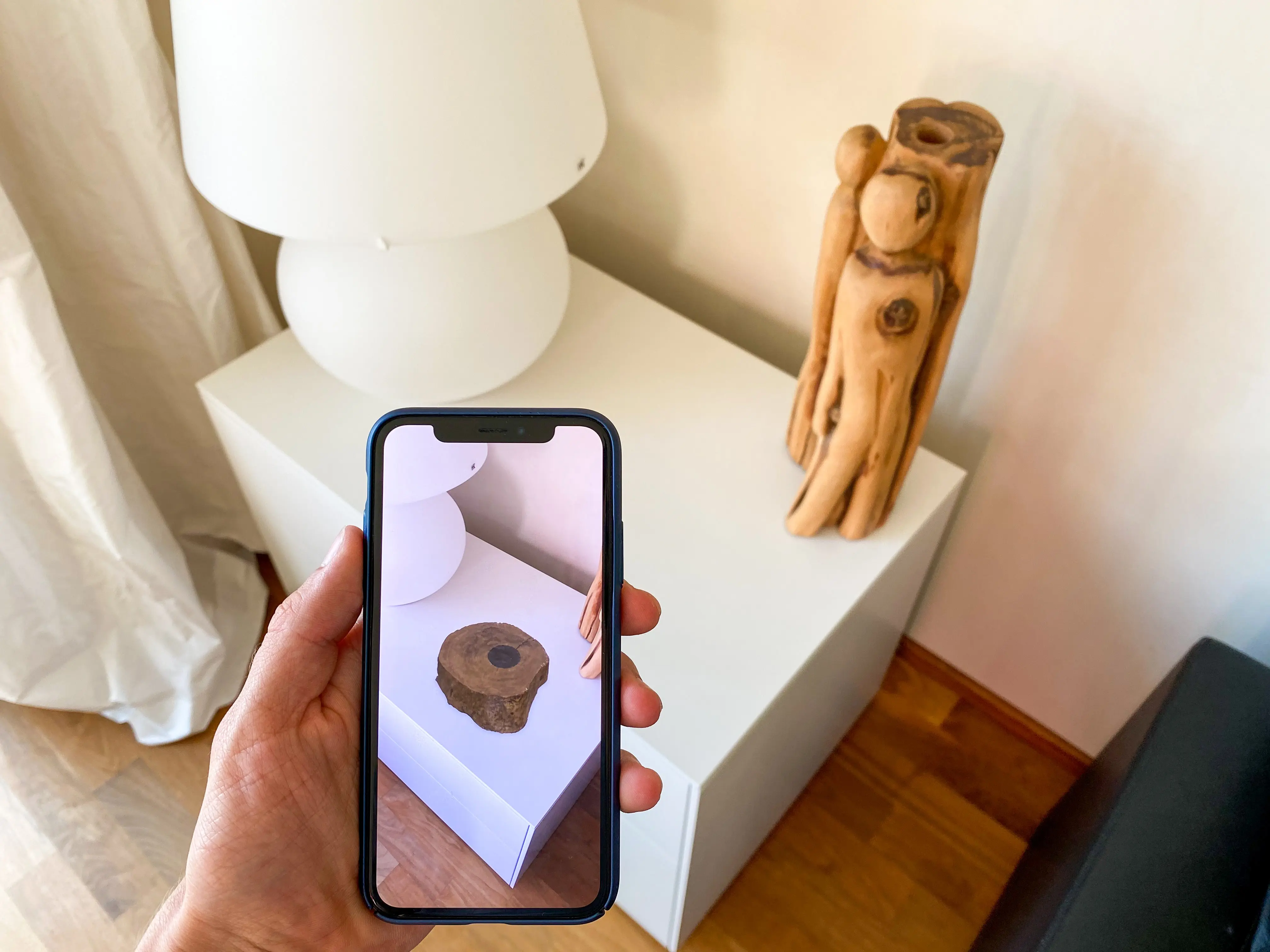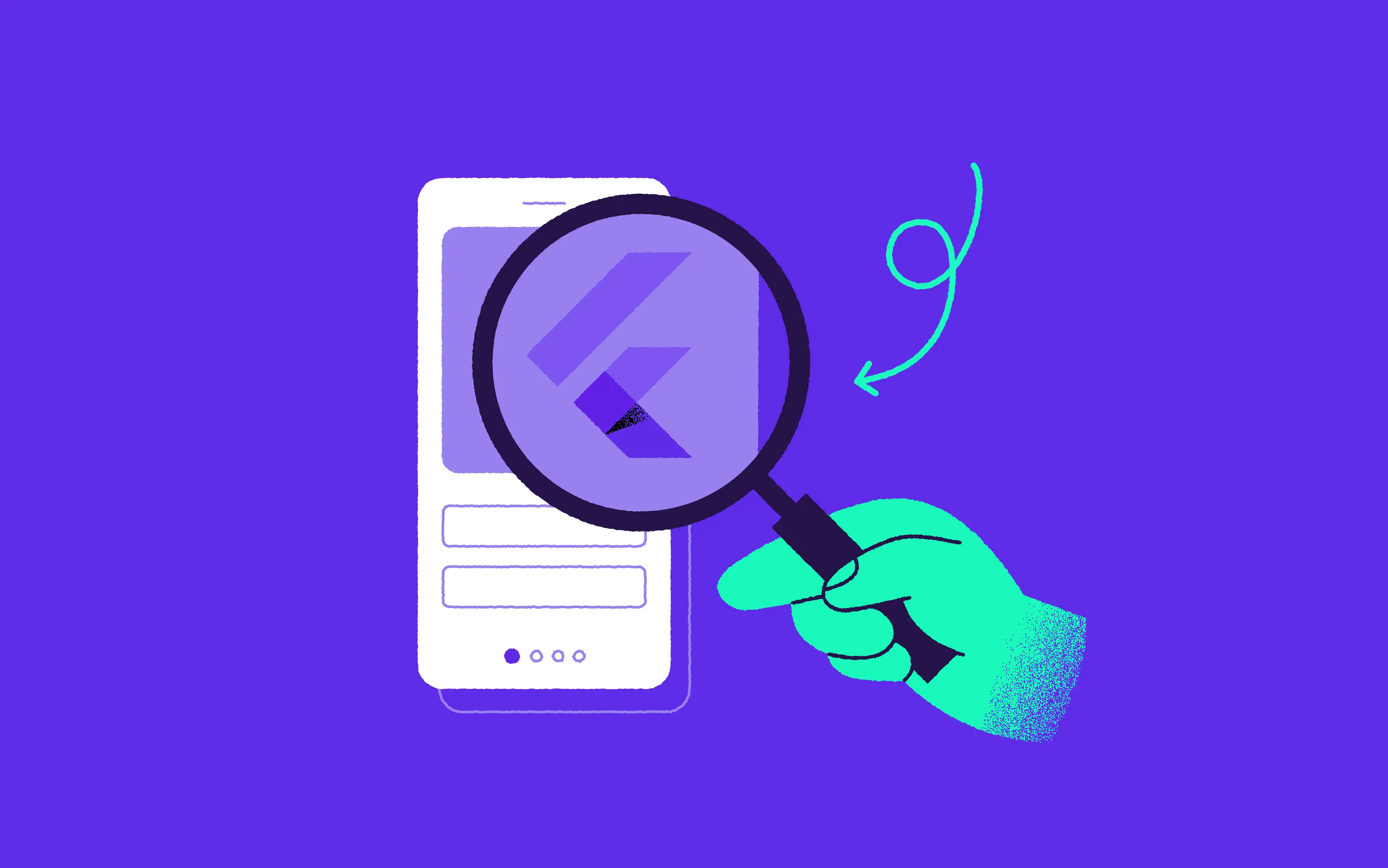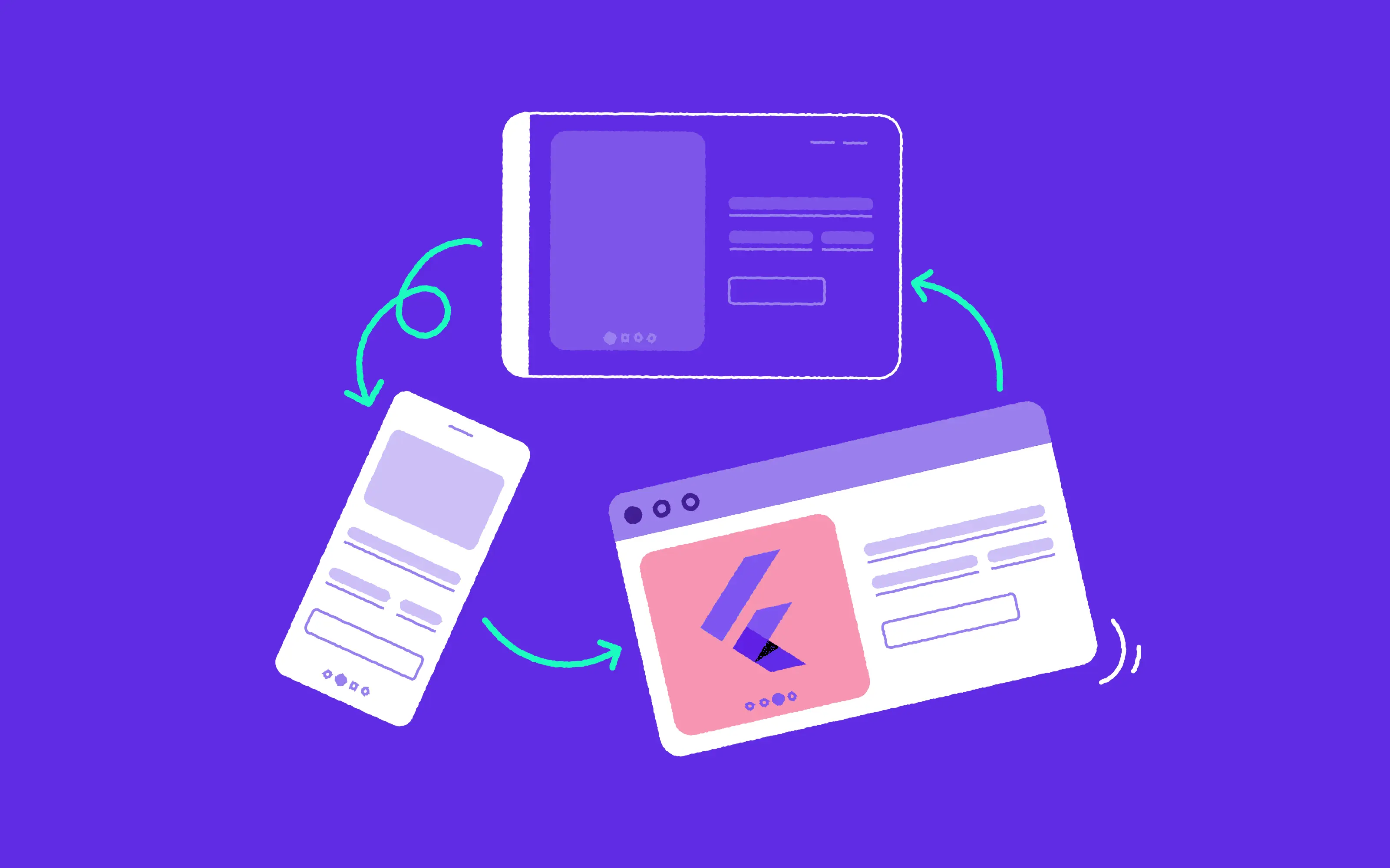
The notorious 2020 was a pretty interesting year from a mobile development perspective, as it brought us many novelties and opportunities. Here’s my take on what developments are likely to get traction in our app universe in the coming year. I’ve listed five hot topics from the most to the least likely of booming this season, because ultimately, we all know it’s a year of Linux.
A year of UX novelties

Apps have been getting increasingly complex and we need huge UX optimization to make sure that they continue to be user friendly. 2020 led to the speeding up of the ‘remote-first’ approach for businesses across the world. But some degree of chaos often accompanies sudden evolution, and the world of mobile is no exception.
Mobile apps have been racing to catch up with their desktop counterparts when it comes to acquiring new functionality. Apps that were previously single-purpose and minimalist are now feature-rich, which can result in heaviness and bloat.
That’s why I believe that 2021 can be a year of evolution in mobile app UX. Many apps will have hidden and unreachable features, which means that we’ll need to come up with clever UX solutions to extract them.
New device formats may well speed up innovation in this area. In 2020, foldable smartphones made an appearance. It’s still unclear whether this is a short-term trend such as 3D TVs, which died out quickly, but if it does get off the ground, UX will have to adapt accordingly.
Challenge: The main challenge, as always, will be to understand user behaviour and to teach users new ways of doing things. Let's take basic interactions with an app like simple taps, swipes, pinches, using Force Touch/3D touch. After some research and analysis of the way that users interact with a given app, we might find that features that are inaccessible via simple tap are barely discoverable in a broad user base. Even Apple dumped its 3D touch technology despite its obvious usefulness in some cases. Instead, it replaced this interaction with long press or removed it entirely on newer iPhones and Apple watches.
A year of cross-platform development
My take on this is quite different for the coming year. To date, cross-platform solutions were in a state of flux, and although they were becoming more widely adopted, it was uncertain whether they were here to stay. This time it feels like both React Native and Flutter are the new status quo when it comes to cross-platform development. In 2020 Flutter got huge traction among developers and surpassed React Native in stars on Github. The initial sprout was astonishing and Bitrise (the mobile CI/CD we use at 10Clouds) predicted that Flutter will be number one in cross-platform stacks. But it didn’t happen. I personally believe it’s the matter of time, but also I get why React Native is still standing its ground. It has reasons to do so, including its interoperability with React on the web and the possibility of using interdisciplinary teams to handle the entire frontend part of a product.
What is perhaps best about cross-platform technologies is that they challenge native development to move forward in terms of tooling and UI frameworks - SwiftUI is getting better and better every year. The fact that both leading platforms are still growing and improving is very reassuring to us at 10Clouds, as we can see that we’ve made the right choice in investing in them so early.
Challenge: For me cross-platform frameworks are facing two major challenges. From a development perspective, the challenge lies in the community and its power to drive integrations with native code. Both frameworks allow developers to create UIs and fulfill basic network-centric features but when it comes to using device-related features, tightly coupled with operating systems, it becomes tricky. Either we have a strong community that we can rely on which has already built this bridge between our framework of choice and the native world or we need expert native developers to accomplish our goals in professional fashion.
From a product perspective we may rather think about stability, predictability and dependability. And in the case of both Flutter and React Native, sadly we don't have a great record of looking ahead, presenting and going forward according to a roadmap. What is more, dependence on additional frameworks provided by Facebook or Google could be a big no-no when we’re talking about serious, corporate products.
A year of ecosystems

We all know that our world is becoming increasingly interconnected. We are all owners of multiple smart devices and we expect them to be able to interact with one and other for our benefit. From a mobile development perspective it means having to create more app extensions.
Furthermore, it means native development - and when we’re using cross-platform development frameworks, it means bridging JS/Dart code with native code, which additionally increases app complexity.
But on the other hand if we have a product or a service which is a model of great functionality, the experience of using such an app is second to none. Secure payments, shortcuts, smart actionable notifications on our wearable device - those things spark joy when I see them nicely implemented into the flow and I’m extremely likely to promote this app to everybody around.
Challenge: In my opinion it comes down to standards and common APIs. This is because we would like to bring the best experiences to all users. But platforms like to distinguish themselves and we need to take it into consideration. We can see common patterns within single platforms but we should also develop some general standards. The need for standardization is very clear in the IoT world where we can have tons of smart things in our possession but it's nearly impossible to get them to work together reliably. If we want to go deeper into the IoT universe, we should double down on standardization issues and common protocols so we can cover basic needs.
A year of augmented reality

Since 2017, we’ve been getting a top notch AR library every year from Apple and its quality is noticeably increasing. At the same time, hardware capabilities are on the rise. Last year, we got LIDAR in iPhone Pro models, which increases AR accuracy. So far we’ve seen only basic examples of usage like placing IKEA furniture in your home or experiencing AR gaming on a table, which is a cool idea but was never picked up.
But this year we may really see the usage of this technology pick up.
Rumours of an AR headset from Apple are spreading like wildfire. Code snippets from the latest iOS release confirm the advanced work being undertaken on this product, and there is a good chance that we’ll see it on the market in the near future.
The framework provided by Apple is packed with features and really robust, so it might dramatically change the user experience. In fact, the new device may spark the creation of an AR industry as previously happened with the Apple Watch and smartwatches.
Challenge: Getting AR off the ground is a hard challenge. We’ll face technical challenges with the form factor itself - how it would behave, what it will actually do, will it be even open for developers at the beginning? We can assume that it can be a fairly closed environment like it was with the initial Apple Watch Series 0. But in my opinion those will be the easiest problems Apple will need to face.
Ethical issues and social perception will be much more important. Will it have a camera? If so, will we be allowed to record anything? How will the images and videos be processed? All these are important questions that will determine whether this product will evolve in any direction. With Apple Watches and Airpods we had similar issues - including glancing at notifications that could mean that we’re bored, or tapping an ear twice to stop the music. With products like AR headset or AR glasses those issues will be far more complicated and I’m excited to see how the situation develops.
A year of low-code/no-code solutions
Low-code and No-code became pretty popular in the web development world. They basically allow for the creation of a web app either with little code, using existing integrations, or no code at all and everything can be configured via WYSIWYG like interface. We already have a bunch of services that allows to create quite complex systems without coding at all or with just minimum coding. This is reassuring, because it means the barrier of entry for innovation is lower than ever and it can empower new generations of entrepreneurs to think up something truly amazing. And of course a similar movement of low-code solutions has since showed up in the mobile world. I think these kinds of solutions are a blessing for creators because validating an idea will become much easier, cheaper and faster. We can create prototypes this way, build MVPs and when the time comes and we outgrow no-code solutions (we need an integration that our vendor does not offer) we can build the product from scratch in a normal way.
Challenge: Again there are plenty of challenges but mostly we are restricted by functionalities and integrations provided by low-code/no-code solution vendors. There is also the case of code export and reusability in situations when we outgrow the service. And the last issue is around the policies of platform owners - Apple and Google, as they are currently not too open for other solutions e.g. regarding payments.
In conclusion… a year of exciting developments
So there you have it. My thoughts on what next year will bring to the world of mobile. It’s clear that the pandemic has not stalled innovation in this field - if anything, it’s escalated it. So let’s eagerly await what the next 12 months will bring and check how many of my predictions prove to be accurate.



